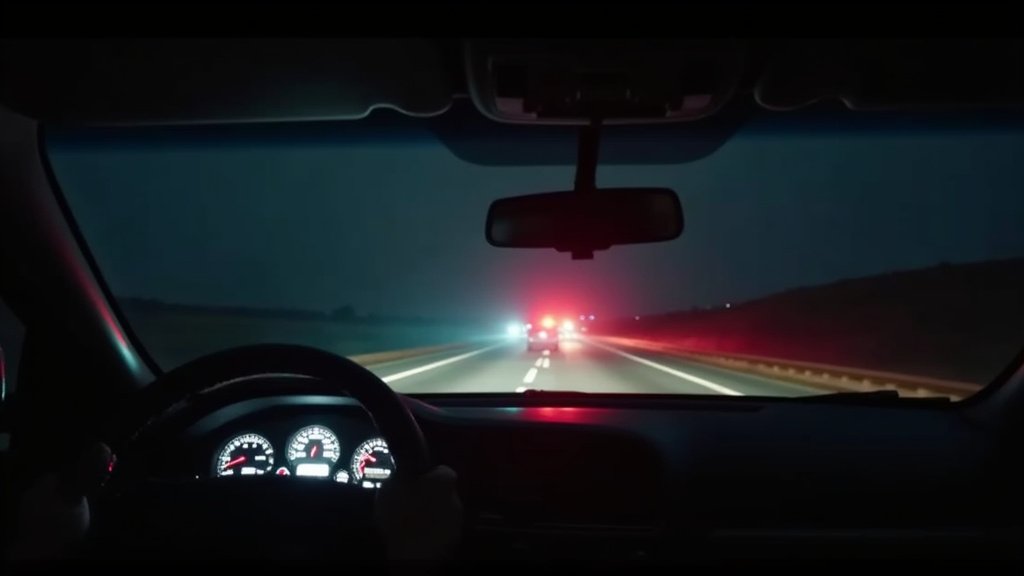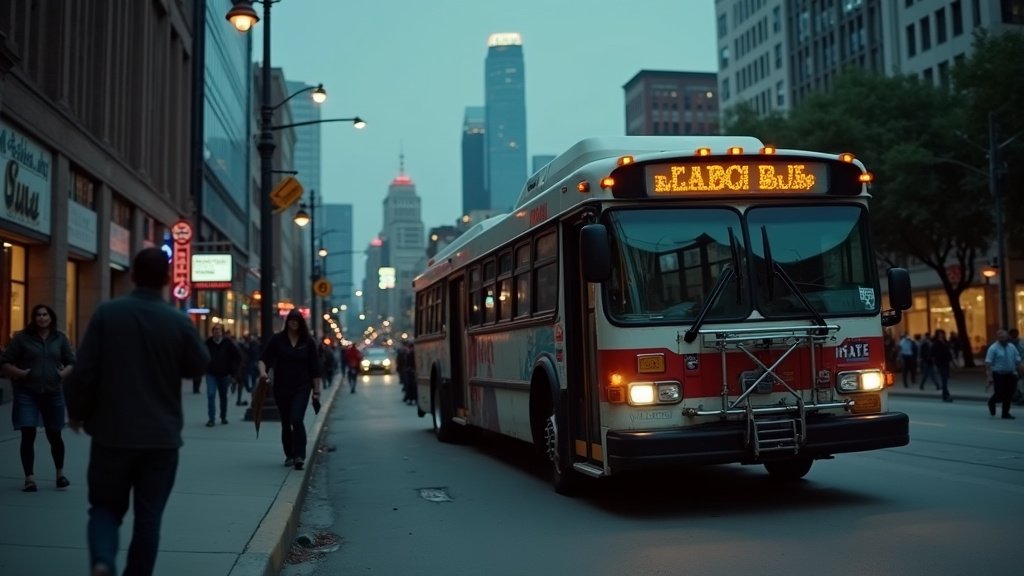On November 20, 2025, The Associated Press (AP) published a report revealing a pervasive and secretive program run by U.S. Border Patrol (BP) that monitors millions of American drivers nationwide. This initiative, utilizing advanced Border Patrol Surveillance tactics with a network of cameras and sophisticated algorithms, flags vehicles based on “suspicious” travel patterns, leading to drivers being pulled over, questioned, and sometimes detained, often for reasons unrelated to criminal activity. This news has sparked significant debate regarding privacy, civil liberties, and the evolving role of federal law enforcement in domestic surveillance.
The Predictive Intelligence Program and ‘Suspicious’ Border Patrol Surveillance Patterns
At the core of this operation is a predictive intelligence program that utilizes automated license plate readers (ALPRs), a key component of Border Patrol Surveillance, strategically placed along highways and roads across the country. These cameras scan and record vehicle license plate information, feeding data into an algorithm that flags vehicles based on criteria such as origin, destination, and travel routes. The definition of “suspicious” is broad and can include making short trips to the border region, driving on backcountry roads, using rental cars, or even carrying large sums of cash without a clear criminal connection. The program has expanded significantly over the past five years, transforming the Border Patrol’s mission from solely border security to encompass a much wider domestic surveillance net.
Federal-Local Partnerships and Technological Integration in Texas for Border Patrol Surveillance
A key aspect of this surveillance network is the extensive collaboration between federal agencies and local law enforcement, particularly in Texas, which is often a focal point for Border Patrol Surveillance operations. Documents reveal that Border Patrol agents and Texas sheriffs’ deputies actively trade tips regarding vehicle travel patterns. Furthermore, Texas law enforcement agencies have specifically requested that Border Patrol employ facial recognition technology to identify drivers. This integration of technology and inter-agency cooperation allows for the monitoring of ordinary Americans’ daily movements and connections, extending far beyond the nation’s borders. The U.S. Customs and Border Protection (CBP), Border Patrol’s parent agency, is reportedly poised to receive substantial funding increases for these surveillance systems, incorporating artificial intelligence and other advanced technologies, further enhancing Border Patrol surveillance capabilities.
Expansion into the U.S. Interior and Civil Liberties Concerns with Border Patrol Surveillance
The reach of this Border Patrol Surveillance program extends deep into the U.S. interior, impacting drivers in major metropolitan areas like Los Angeles, Chicago, and Detroit, and not just those near the border. Drivers are often stopped under pretexts such as minor traffic violations—speeding, incorrect window tint, or even a dangling air freshener—unaware that their route or travel pattern triggered federal suspicion. Once stopped, individuals are subjected to aggressive questioning and searches, raising significant Fourth Amendment concerns regarding dragnet surveillance and the potential for unreasonable searches and seizures. Legal scholars and privacy advocates express alarm, warning that such large-scale data collection could threaten Americans’ freedom of movement and fundamental privacy rights. CBP maintains that its operations are governed by federal law and constitutional protections, but it refuses to detail specific operational applications for national security reasons, especially concerning its Border Patrol Surveillance tactics.
Real-World Impacts and Transparency Issues in Border Patrol Surveillance
The AP investigation uncovered instances where this Border Patrol Surveillance led to troubling encounters. For example, a truck driver in Texas was stopped and arrested on suspicion of money laundering for carrying cash from customers, a common practice in his line of work; the case was eventually dropped, but not without substantial legal costs. Another driver was questioned and his car searched following a tip from Border Patrol about his travel route, despite no contraband being found. The agency has also historically sought to conceal details of its license plate reader program, a core element of Border Patrol Surveillance, attempting to keep its use out of court documents and police reports, even suggesting dropping charges to avoid revealing program specifics. This lack of transparency fuels concerns about accountability and the potential for misuse of collected data.
Conclusion: The Evolving Landscape of Border Patrol Surveillance
The revelations about Border Patrol’s extensive monitoring of U.S. drivers represent a significant shift in federal law enforcement’s domestic surveillance capabilities. The program’s expansion into the nation’s interior, its reliance on “suspicious” travel patterns as a basis for stops, and the close collaboration with local agencies, particularly in Texas, highlight a growing nexus between border security efforts and domestic intelligence gathering through Border Patrol Surveillance. As these technologies and practices become more entrenched, the ensuing debate over privacy, civil liberties, and the balance between national security and individual freedoms is likely to intensify, prompting crucial discussions that are ripe for public editorial consideration. This news underscores the need for greater transparency and accountability in federal surveillance operations, including the broader reach of Border Patrol Surveillance, and their impact on the daily lives of Americans.






